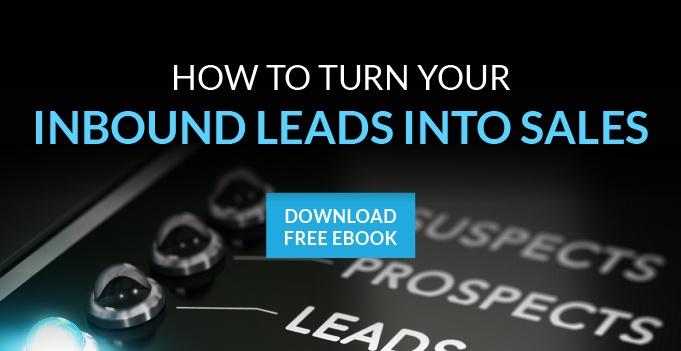 You don’t need to spend too much time on this blog to understand that we’re big fans of what has come to be called the inbound methodology. In case you’re not familiar, we should be clear about what we’re referring to. The inbound methodology is a new approach to marketing, one that is more appropriate and more effective in today’s world. It’s a departure from old school marketing, which we’ve come to call, yes, you guessed it, “outbound”. This is what most of us know as traditional sales and marketing, and includes cold calls to potential customers, using a variety of means to try to get their attention. It is sometimes said that outbound marketing relies on interrupting people, who are already busy and typically don’t want to answer a phone call or read an email that’s nothing but a sales pitch.
You don’t need to spend too much time on this blog to understand that we’re big fans of what has come to be called the inbound methodology. In case you’re not familiar, we should be clear about what we’re referring to. The inbound methodology is a new approach to marketing, one that is more appropriate and more effective in today’s world. It’s a departure from old school marketing, which we’ve come to call, yes, you guessed it, “outbound”. This is what most of us know as traditional sales and marketing, and includes cold calls to potential customers, using a variety of means to try to get their attention. It is sometimes said that outbound marketing relies on interrupting people, who are already busy and typically don’t want to answer a phone call or read an email that’s nothing but a sales pitch.
The inbound methodology, as you’ve probably inferred by now, is the opposite approach. Rather than intrude on people’s busy lives, this method of marketing is designed to attract potential customers to come to you. It’s all based on providing valuable, engaging content, to give people a reason to come to your website. Once you’ve gotten that far, you still need to nurture those leads, and hopefully convert them into buyers. To accomplish this, you’re going to need to make some adjustments to your sales process. Old school methods aren’t really entirely relevant to the inbound methodology of marketing. Here are some ways that you can modernize your sales process to utilize inbound methodology for the best results.
Salespeople need to use content too.
The first step in the inbound methodology is to attract potential customers to click through to your site, based on an offer of a free eBook, whitepaper, or some other valuable content. Once there, you’ll need to keep your website refreshed with current, equally engaging content, which is generally accomplished with regular posts to your blog. Much of this will be automated, but there’s a lot that your sales staff can do to further help your leads through the buyer’s journey. Salespeople should also have access to content which they can send to leads that they’re directly in contact with. You may want to give them content other than that which is posted to your blog or send out in automated emails, so that your leads don’t receive the same content more than once in the sales process.
The leads come to you, not vice versa.
This is a real paradigm change for old school salespeople who are used to pounding the pavement and knocking on doors to drum up business. But as we keep saying, it’s a different approach to the whole sales process, and one that your salespeople will ultimately come to appreciate. Rather than going out and cold calling prospects who may not even be interested in what you have to offer, with the inbound methodology, the leads come to you. And because they’ve come in order to obtain some content that relates to your field, you can expect that they have at least some interest in what you’re selling.
Salespeople have more of a consulting role.
If your content is engaging enough to keep your leads coming back for more, your sales staff doesn’t need to maintain the same level of persistence as they did before. So when they do make contact with leads, it’s not as important to hit them with a sales pitch, and in fact, that could even hurt your efforts. Keeping the sales process consistent with the aims of inbound marketing, your salespeople can continue to provide added value by trying to help potential clients, listening to their needs and problems, and assisting them to find a solution through your products or services.


Comments